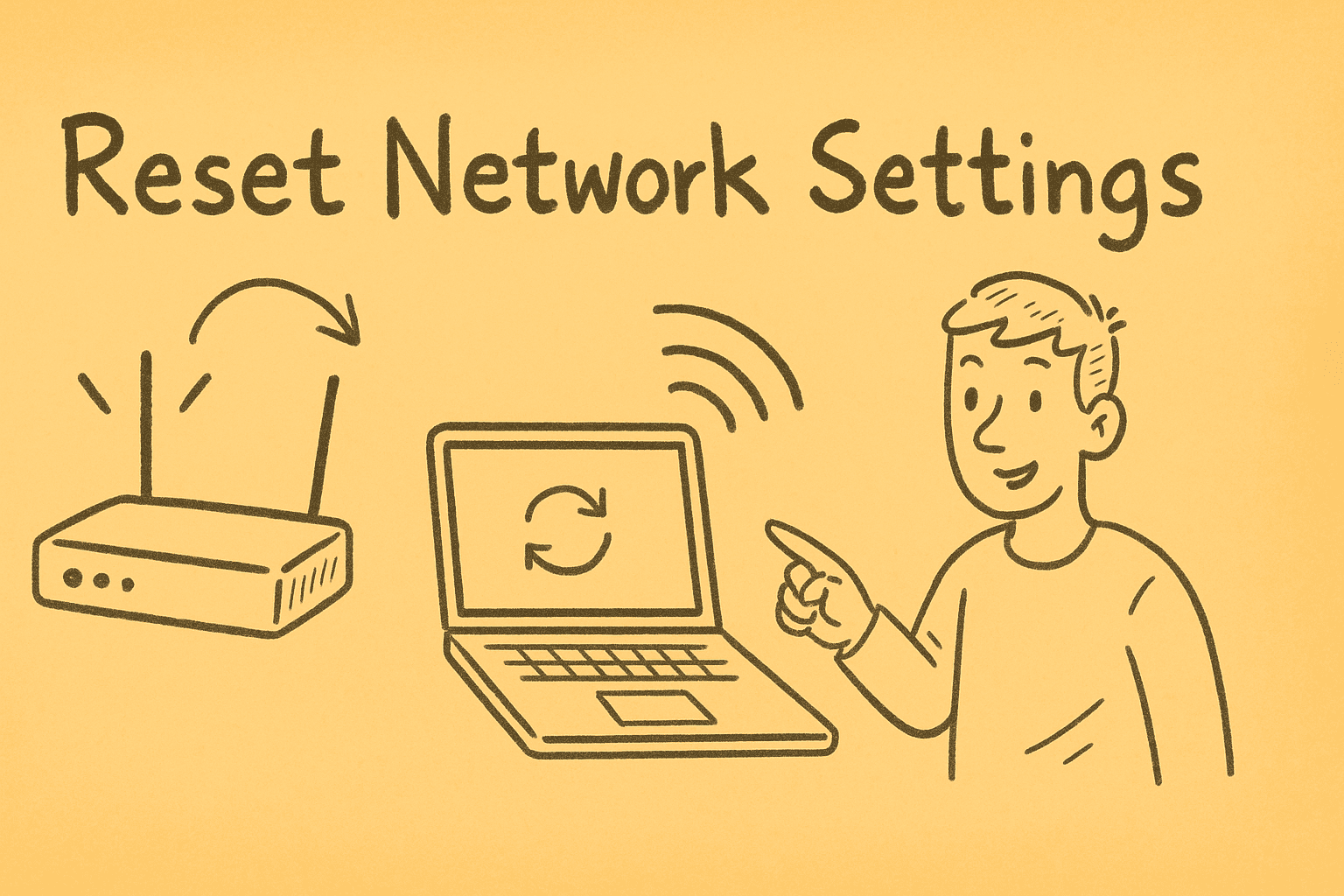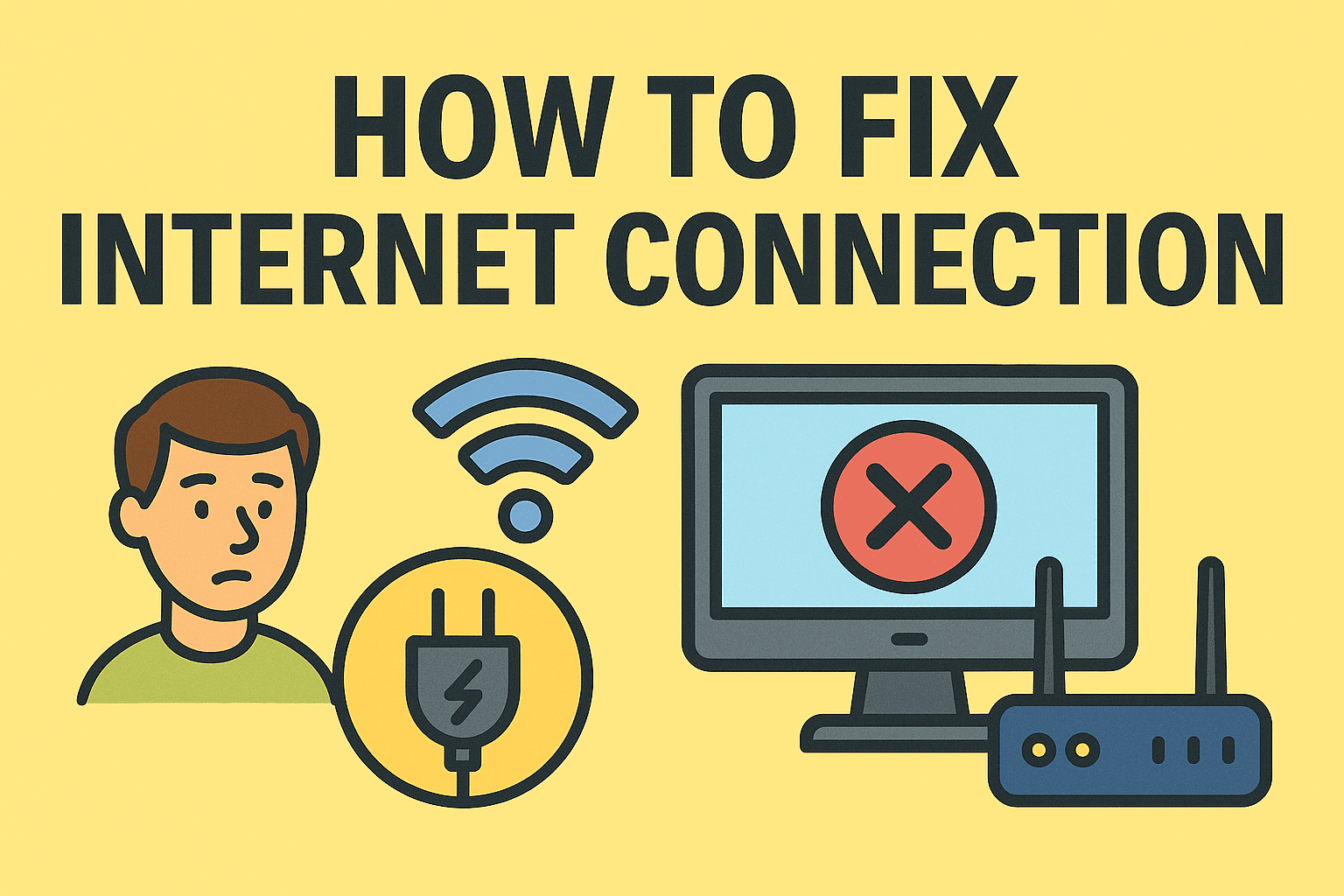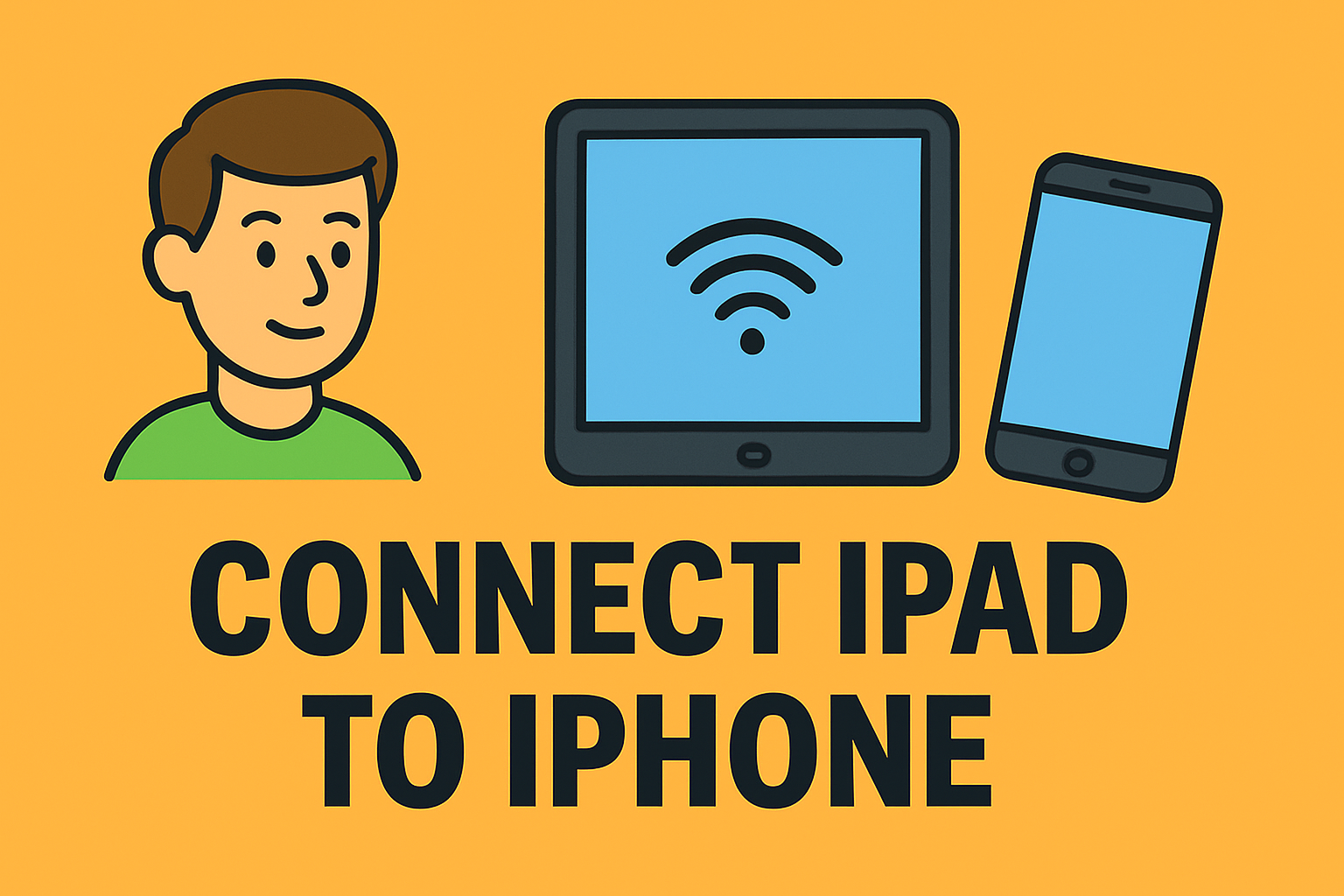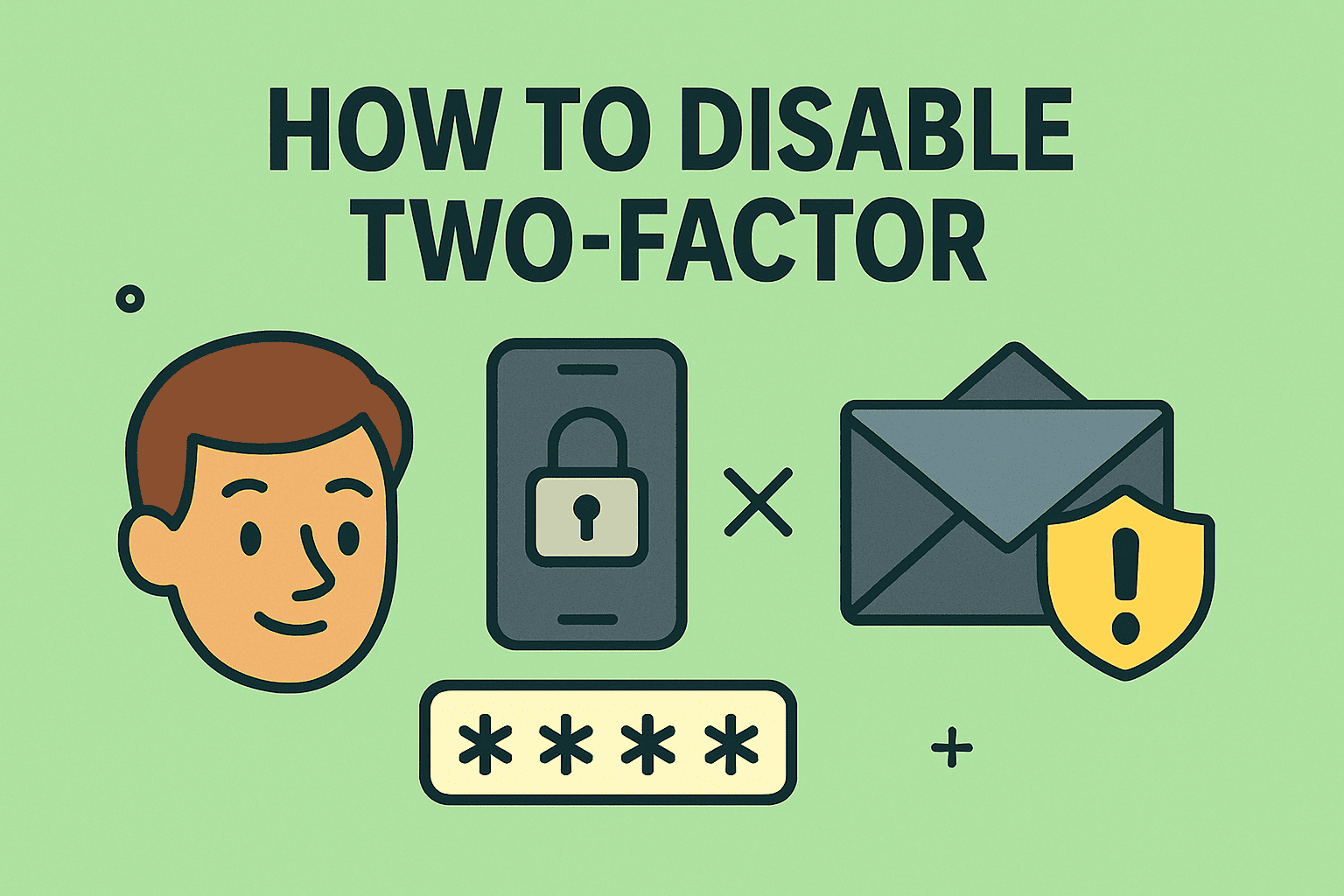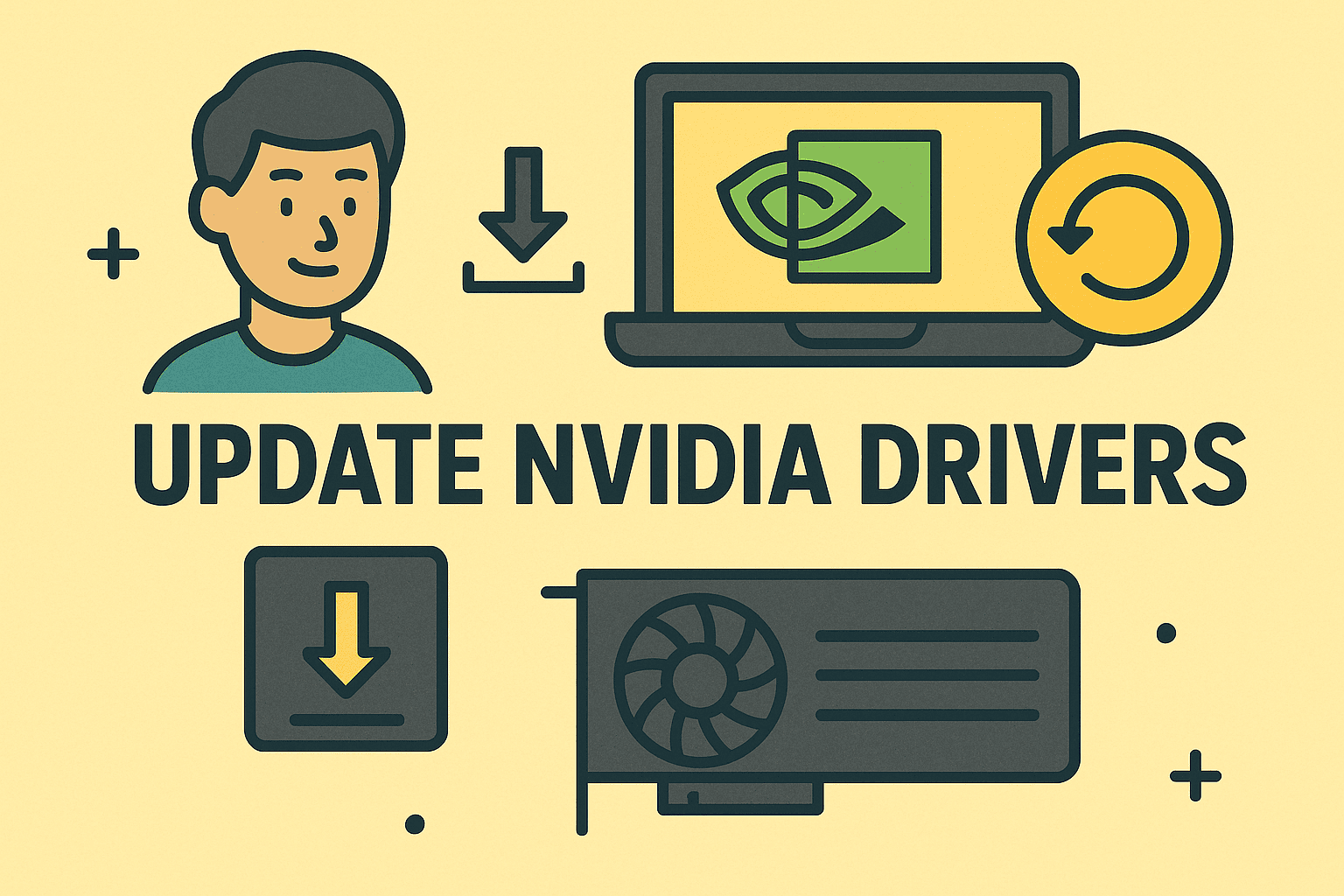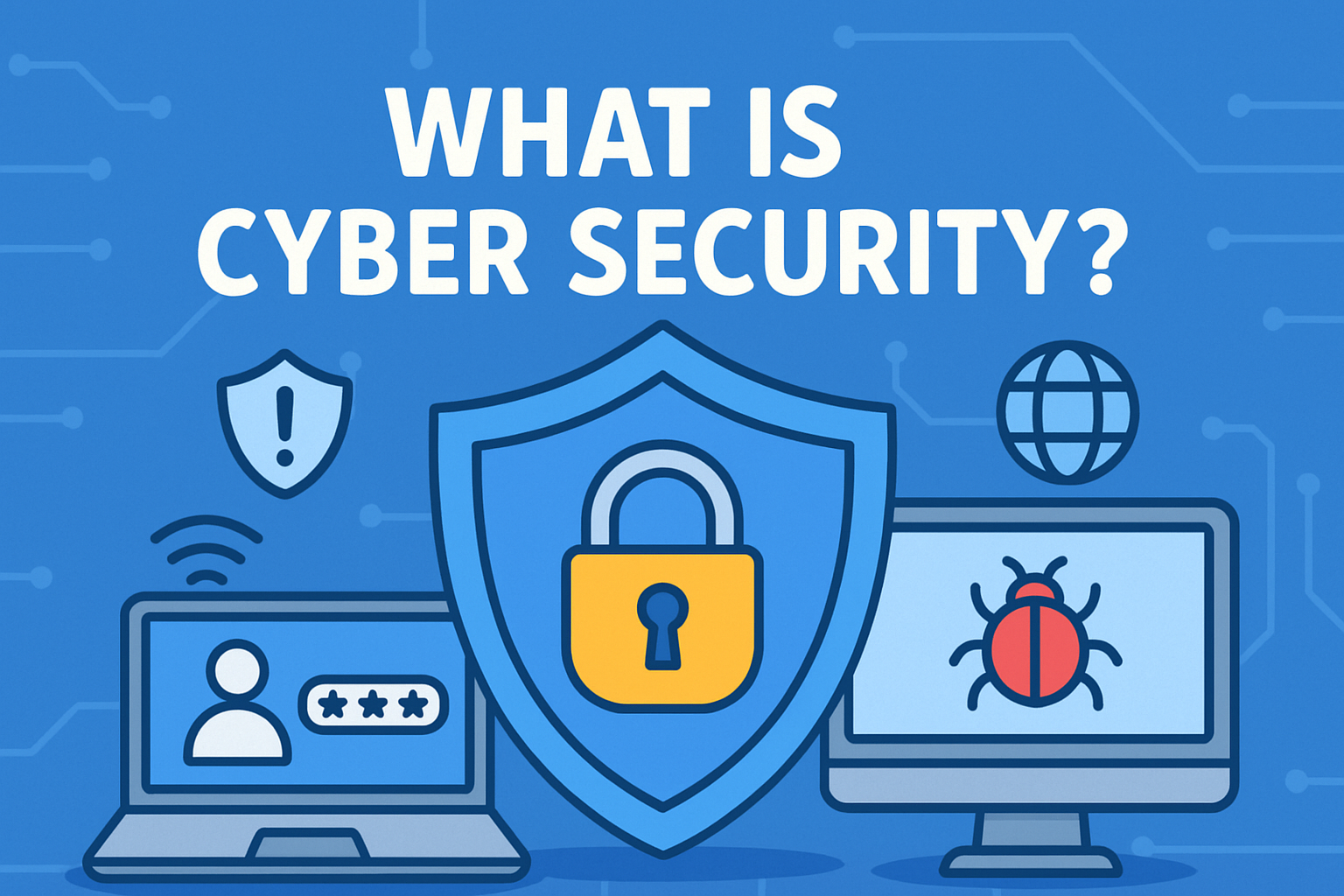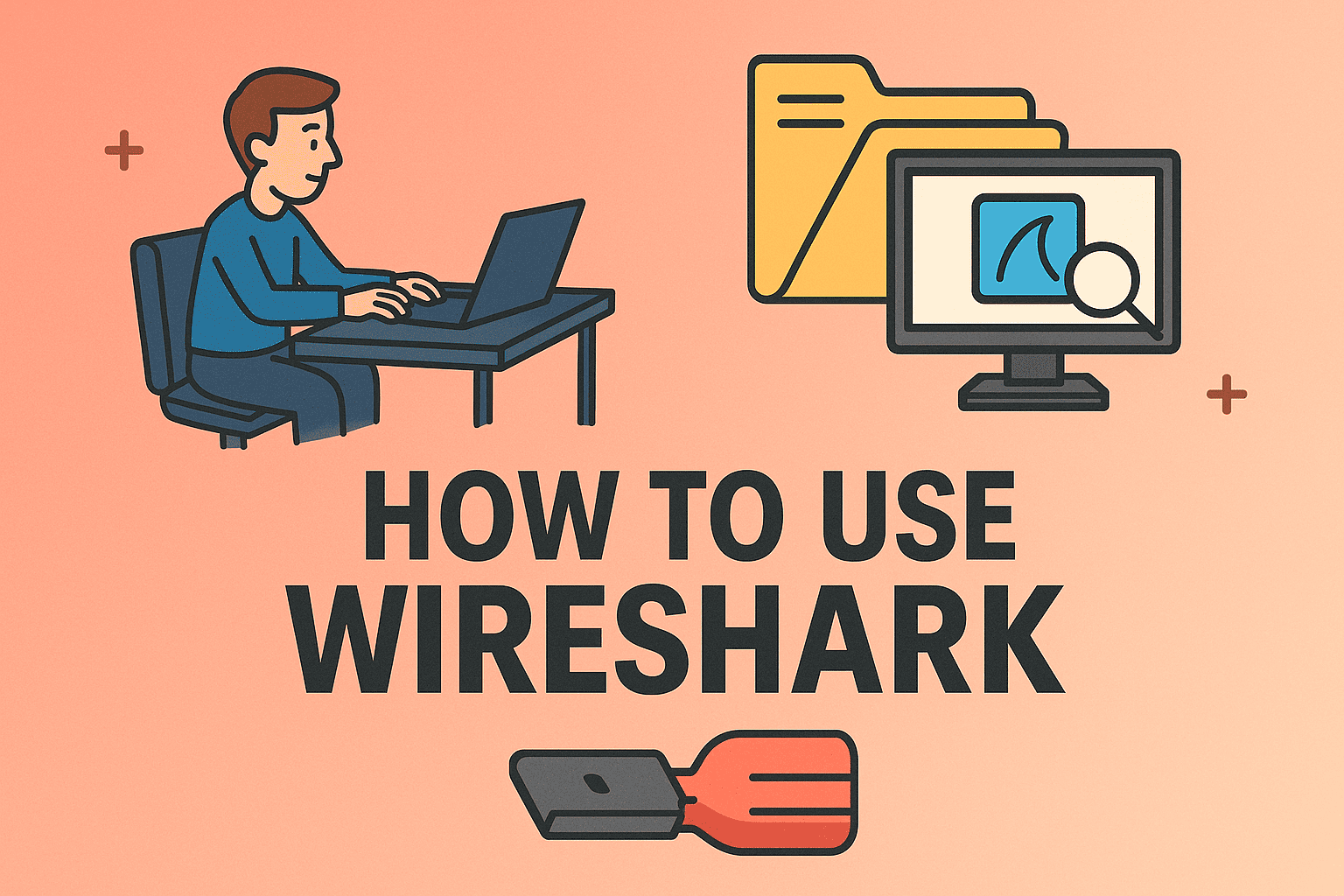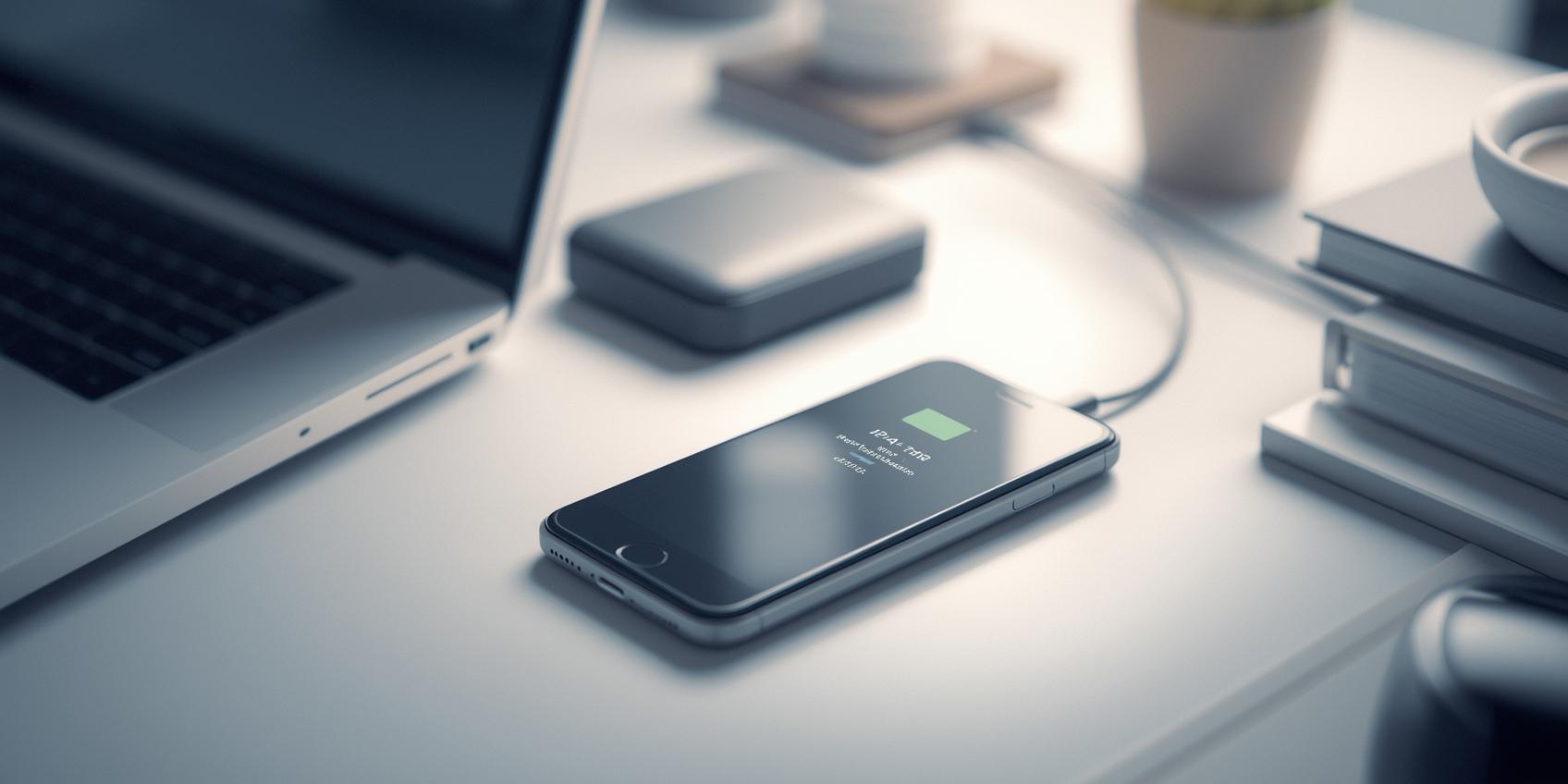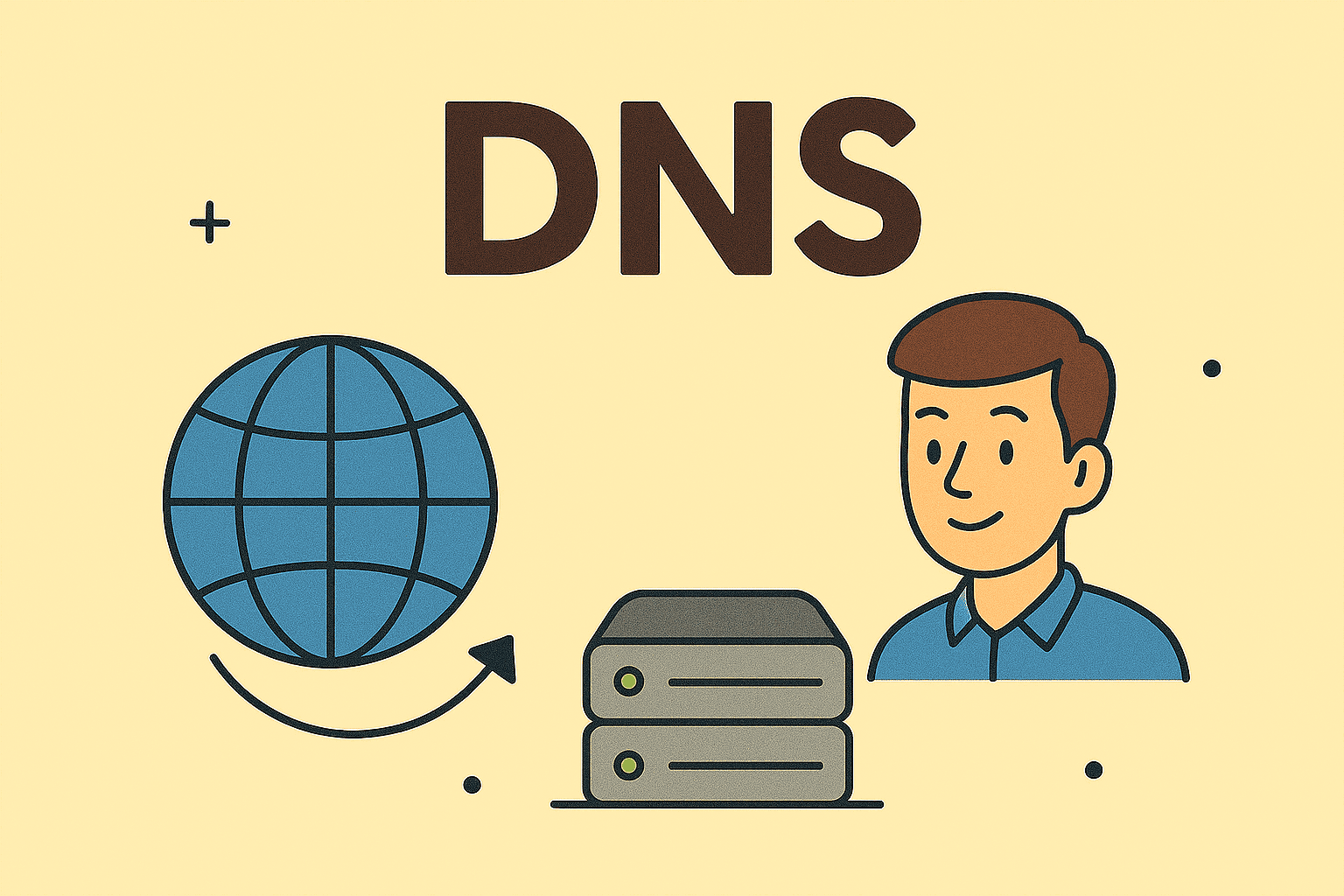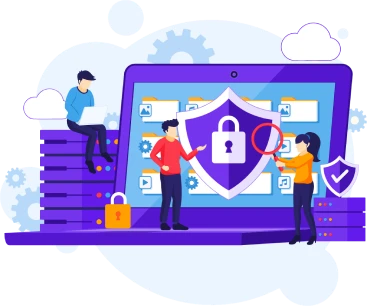Top 10 Tips to Secure Remote Access in 2025
Updated on May 14, 2025, by ITarian

Remote access has become a necessity in today’s flexible work environments. Whether you’re supporting a distributed workforce or enabling IT teams to manage systems from anywhere, securing remote access is critical to protecting your organization’s data and infrastructure. With cyber threats becoming more sophisticated, your remote access strategy must evolve to match the risk.
In this guide, we’ll walk you through the top 10 ways to secure remote access in 2025, combining industry best practices with emerging security technologies.
1. Enforce Strong Multi-Factor Authentication (MFA)
Passwords alone are no longer enough. Cyber attackers often exploit weak or stolen credentials to gain unauthorized access.
Implementing multi-factor authentication for all remote connections—especially administrative logins—is essential. MFA adds an additional layer of protection by requiring a second form of verification, such as a mobile token or biometric ID.
2. Use a Zero Trust Network Access (ZTNA) Model
Zero Trust assumes no user or device is trusted by default—even inside your network.
Adopting Zero Trust Network Access means every access request is continuously verified based on identity, location, device health, and user behavior. This dramatically reduces the risk of lateral movement during an attack.
3. Limit Access Based on Role and Need
Avoid giving users blanket access to your network. Instead, apply the principle of least privilege, ensuring users and devices can only reach the resources they need to do their jobs.
Use group policies and identity-based access controls to dynamically assign permissions.
4. Segment the Network for Remote Users
Network segmentation limits the blast radius of a potential breach. By isolating remote users in dedicated network zones, you reduce the likelihood that a compromised endpoint could reach sensitive data or internal systems.
5. Deploy Endpoint Detection and Response (EDR)
Remote endpoints are prime targets for cyber threats. EDR solutions monitor, detect, and respond to suspicious activity on laptops, mobile devices, and other remote machines in real time.
Modern EDR platforms can even quarantine compromised endpoints before they pose a risk to the rest of your infrastructure.
6. Implement Secure Remote Desktop Protocol (RDP) Practices
If your organization relies on RDP, make sure it’s locked down. Disable unused ports, use secure tunnels like VPN or ZTNA, and avoid exposing RDP to the public internet.
Configure logging and auditing so you can track remote session activity and respond to anomalies quickly.
7. Monitor Remote Sessions in Real Time
Use session monitoring tools to watch remote access in action. This not only deters insider threats but also helps your IT team detect unusual behaviors like excessive file transfers or access outside of business hours.
8. Keep All Devices and Software Updated
Unpatched systems are a gateway for attackers. Regularly update operating systems, remote access tools, and endpoint protection solutions.
Automate patch management across your remote fleet to ensure compliance and reduce human error.
9. Provide Secure File Transfer Solutions
Remote workers often share files across multiple systems. Avoid shadow IT tools like unauthorized cloud apps. Instead, offer secure file-sharing platforms that encrypt data in transit and at rest, with access logs and usage controls.
10. Educate Users on Remote Access Security
Human error remains a leading cause of data breaches. Conduct regular cybersecurity awareness training that teaches users how to spot phishing attempts, use MFA, and handle sensitive data securely while working remotely.
Final Thoughts: Secure Remote Access Is a Moving Target
Securing remote access in 2025 requires more than just VPNs and passwords. It demands a proactive, layered approach combining identity verification, endpoint protection, real-time monitoring, and user education.
ITarian’s Remote Access and Security Tools are purpose-built to help organizations like yours manage and secure remote workforces—without sacrificing productivity. From Zero Trust architecture to secure ticketing and remote monitoring, ITarian offers everything you need to secure your remote endpoints and reduce risk.
✅ Get Started with ITarian Remote Access Security Today
- 🚀 Free remote access tools with built-in security
- 🔒 Zero Trust policies to protect against unknown threats
- 📱 Mobile-friendly access for IT admins on the go
- 📊 Centralized dashboard for complete visibility
Start Your Free Trial Now and take control of your remote security strategy.

